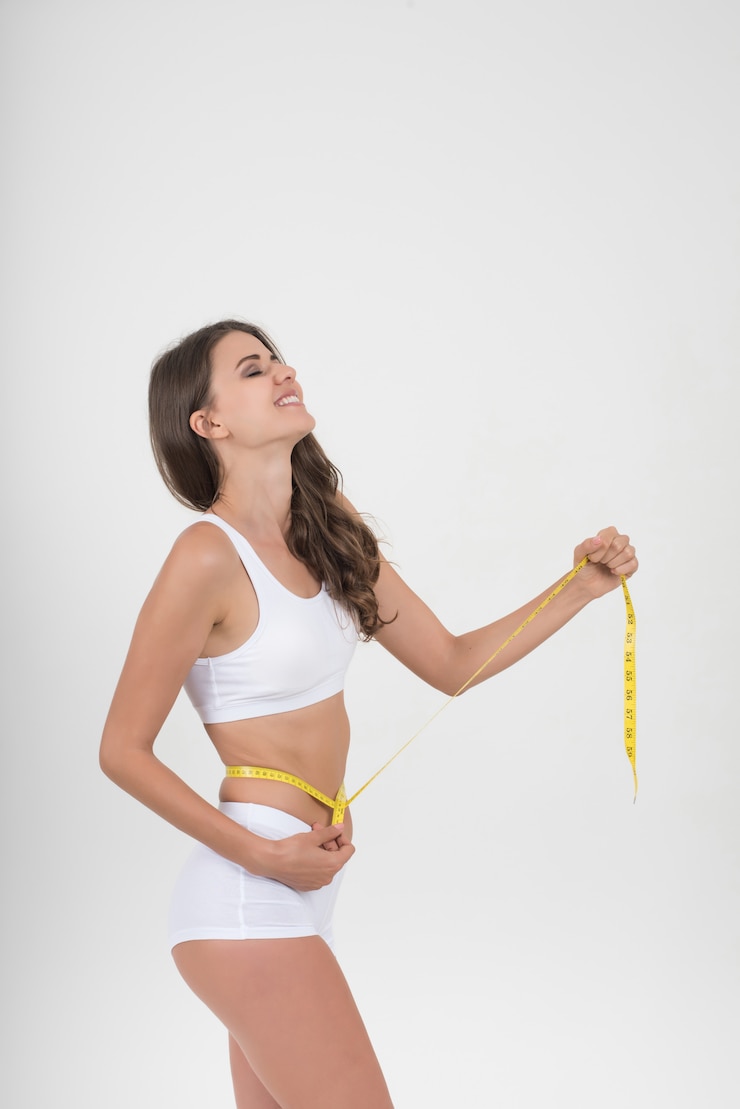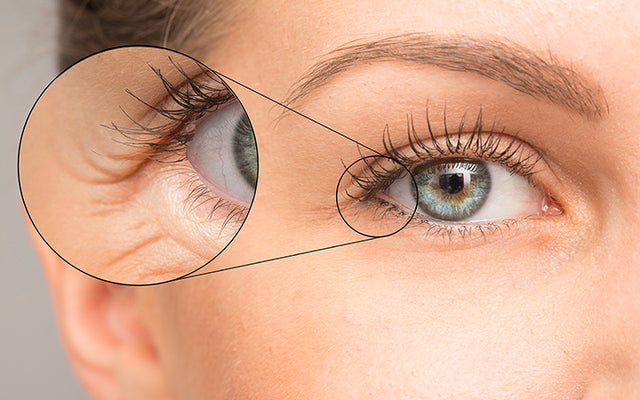 Smart Link Building – DA 50+ Backlinks with Fast Indexing!
Smart Link Building – DA 50+ Backlinks with Fast Indexing!
What is the best type of breast lift?
Written by Muhammad Ahmad » Updated on: June 17th, 2025

Breast lift surgery, medically known as mastopexy, is a popular cosmetic procedure designed to raise and reshape sagging breasts. This procedure can help restore a youthful appearance, providing a firmer, more youthful contour. However, with various techniques available, many women wonder: what is the best type of breast lift for their individual needs? The answer depends on several factors, including the extent of sagging, desired outcome, and personal preferences. Understanding the different types of breast lifts and their benefits can guide you toward the best choice for your unique situation.
Types of Breast Lifts
There are several different methods for lifting the breast, each catering to different degrees of ptosis (sagging). The primary goal of any breast lift is to reposition the nipple and areola to a more youthful position, as well as remove excess skin to achieve a firmer, natural shape. The right technique will vary based on the degree of sagging, skin quality, and the size of the breast. Below are some of the most common types of breast lifts:
1. Crescent Breast Lift
The crescent breast lift is a minimally invasive procedure often recommended for women with mild sagging. This technique involves a small crescent-shaped incision made above the areola, which allows for the removal of a small amount of tissue and skin. The primary purpose of the crescent lift is to raise the nipple slightly, without making significant changes to the overall shape of the breast. It is ideal for women who have small breasts or those who are looking for subtle results.

Best for:
Mild ptosis (minimal sagging)
Small to medium-sized breasts
Those who don’t require significant volume or shape changes
2. Periareolar (Donut) Breast Lift
The periareolar lift, also known as the "donut" lift, involves a circular incision around the areola. The surgeon removes excess skin around the areola, and the surrounding tissue is repositioned to create a firmer, lifted appearance. This technique is effective for moderate sagging and provides a more defined contour than the crescent lift. While the incision is confined to the areola, it still results in noticeable reshaping of the breast tissue.
Best for:
Moderate ptosis (moderate sagging)
Small to medium-sized breasts
Women looking for less visible scarring
3. Vertical Breast Lift (Lollipop Lift)
The vertical breast lift, also called the lollipop lift, is a popular technique for those with more pronounced sagging. The incision in this method is made around the areola and extends vertically down to the breast crease, forming a "lollipop" shape. This allows the surgeon to lift and reshape the breast more effectively, providing a more noticeable transformation in both size and shape. It is especially effective for women with moderate to severe breast ptosis.
Best for:
Moderate to severe ptosis
Women who need significant shaping and lifting
Those who want a natural look with minimal scarring
4. Anchor Breast Lift (Inverted-T)
The anchor breast lift, also known as the inverted-T lift, is a comprehensive procedure suitable for those with significant sagging or large breasts. The incision is made around the areola, vertically down the breast, and along the breast crease. This method allows for the most significant lift and reshaping of the breast. It can also be combined with breast reduction if necessary. While this technique leaves the most visible scars, the results are often the most dramatic and long-lasting.
Best for:
Severe ptosis or significant sagging
Larger breasts
Women who require a dramatic breast lift with reshaping
5. Breast Lift with Implants
For women who not only need a lift but also desire increased volume, a breast lift combined with implants may be the best option. This procedure involves both lifting the breasts and placing implants to enhance size and shape. A breast lift with implants is a good option for women who have lost breast volume due to pregnancy, breastfeeding, or weight fluctuations. This technique provides the benefits of a youthful, lifted appearance as well as fuller, more voluminous breasts.
Best for:
Women who want both volume and lift
Women with a loss of breast volume after pregnancy or weight changes
Those who want a fuller, more enhanced breast appearance
Choosing the Best Type of Breast Lift
When determining the best type of breast lift, it’s important to consider a variety of factors. The degree of breast sagging, skin elasticity, breast size, and the specific goals for the outcome all play a role in selecting the most suitable technique. Additionally, personal lifestyle factors such as fitness level, future plans for pregnancy or breastfeeding, and tolerance for scarring should also be taken into account.
Factors to Consider
1. Degree of Sagging (Ptosis)
The degree of sagging is one of the most important factors when deciding on the best type of breast lift. Mild ptosis (minimal sagging) may only require a crescent or periareolar lift. Moderate sagging may call for a vertical or "lollipop" lift, while significant sagging typically requires the more extensive anchor lift. The amount of tissue that needs to be repositioned and removed will determine which technique is most effective.
2. Breast Size and Shape
The size and shape of the breasts also influence the type of lift. Larger breasts or those with more tissue to reshape may require the anchor or vertical lift to achieve the desired results. Smaller breasts or those with less sagging may only need a crescent or periareolar lift. Breast size can also affect the decision to combine a lift with breast implants for added volume.
3. Skin Elasticity
Breast lift surgery is largely dependent on the elasticity of the skin. Women with good skin elasticity may achieve more dramatic results with less invasive techniques like the periareolar or vertical lift. Women with less skin elasticity, particularly those who have had significant changes due to pregnancy or weight loss, may require a more extensive lift such as the anchor lift to ensure long-lasting results.
4. Desired Outcome
The desired aesthetic outcome plays a critical role in determining which breast lift technique is best. Some women may want a subtle lift with minimal scarring, while others may desire a more dramatic transformation. If a woman is also looking for increased breast size in addition to a lift, the combination of a breast lift and implants might be the most appropriate option.
Post-Surgery Considerations
After undergoing a breast lift, patients can expect a recovery period that typically lasts a few weeks. During this time, the breasts will be swollen and may feel tender, but this discomfort can be managed with medication. Wearing a supportive bra and avoiding strenuous activities is essential to ensure proper healing. Scarring varies depending on the technique used, with more extensive lifts like the anchor lift resulting in longer scars. However, scars usually fade over time and can often be hidden under clothing or swimsuits.
It’s also important to consider the possibility of future pregnancy or breastfeeding. While a breast lift does not usually affect a woman’s ability to breastfeed, the procedure may alter the appearance of the breasts in subsequent pregnancies. It’s recommended to wait until you’re done having children before undergoing a breast lift if this is a concern.
5. Breast Lift with Implants
Incision Location: The incision pattern for a breast lift with implants depends on the lift technique used. Often, it combines the incisions of a breast lift with those used for breast augmentation (around the areola, vertical line, or anchor).
What the Scar Looks Like: Scarring from a breast lift with implants will follow the same patterns described above, depending on the lift technique. The addition of implants does not typically affect the scar’s location but adds complexity to the healing process.
Healing: The scars from a breast lift with implants will vary based on the lift technique used. Like other breast lifts, the scars will fade over time but may take up to a year to fully mature. The key is to follow your surgeon’s aftercare instructions closely to minimize scarring and ensure the best results.
Conclusion:
When deciding on the best type of breast lift, it’s crucial to consult with a board-certified plastic surgeon who can assess your individual needs and provide personalized recommendations. Whether you’re dealing with mild or severe sagging, a lift combined with implants, or a simple reshaping procedure, there is a solution that can help you achieve your aesthetic goals. By understanding the different techniques available, you can make an informed decision that will leave you feeling more confident and comfortable with your appearance.
Note: IndiBlogHub features both user-submitted and editorial content. We do not verify third-party contributions. Read our Disclaimer and Privacy Policyfor details.
Copyright © 2019-2025 IndiBlogHub.com. All rights reserved. Hosted on DigitalOcean for fast, reliable performance.

















